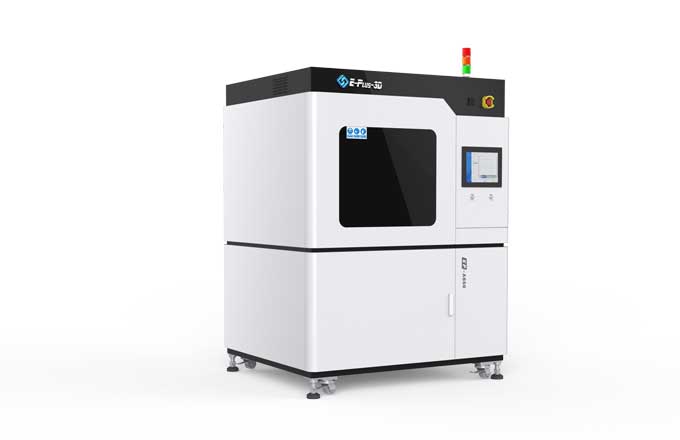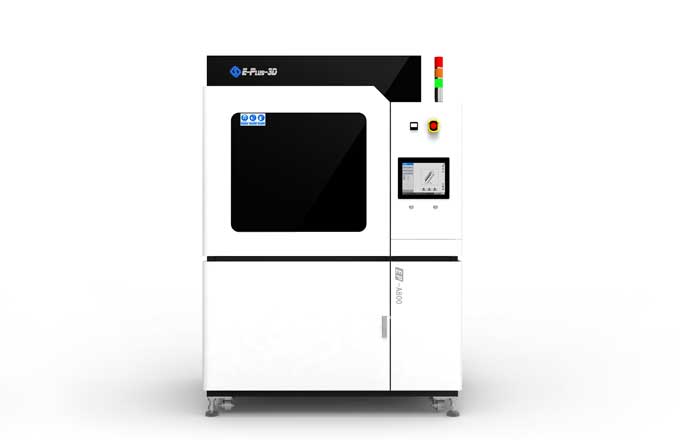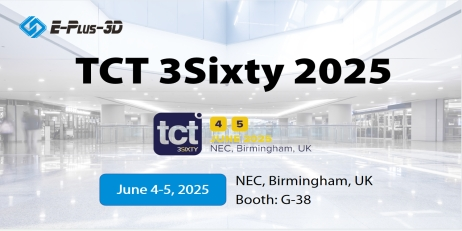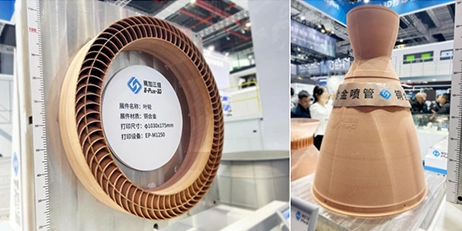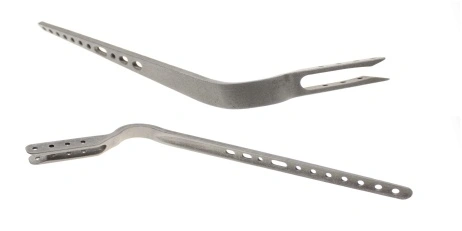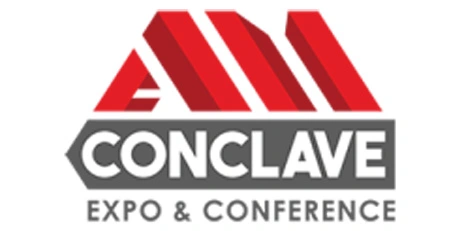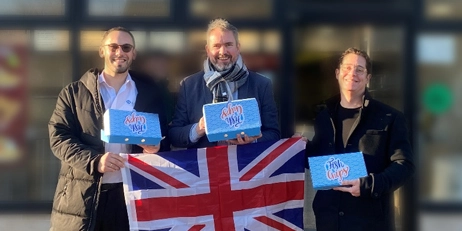How to use Eplus3D stereolithography resin printer for molding
Using an Eplus3D stereolithography (SLA) resin printer for molding is a sophisticated process that leverages the precision and detail of SLA technology to create high-quality molds. Here’s a step-by-step guide on how to use an Eplus3D SLA resin printer for this purpose:
Design Preparation: Begin by preparing your mold design using CAD software. Ensure that the design is optimized for SLA printing, considering factors like the orientation, support structures, and the resolution required. The design should also include allowances for mold release and venting.
Material Selection: Choose the appropriate resin for your mold. Eplus3D offers a variety of resins with different properties, such as high temperature resistance or increased durability, to suit different molding applications. Select a resin that matches the requirements of your final cast material.
Printer Setup: Load your resin into the Eplus3D printer following the manufacturer’s instructions. Configure the printer settings according to the resin specifications and your design’s requirements, such as layer height and exposure times.
Printing: Start the printing process. The Eplus3D SLA printer uses a laser to cure the resin layer by layer, building up your mold design from the bottom up. Monitor the printing process to ensure it proceeds without issues.
Post-Processing: After printing, the mold requires cleaning to remove any uncured resin and post-curing to achieve its final properties. Follow the recommended procedures for washing and curing your specific resin.
Mold Assembly and Usage: Once post-processed, your mold may need to be assembled if it consists of multiple parts. Apply a mold release agent to facilitate the removal of the final cast. You can now use the mold for casting your desired materials, following the appropriate casting techniques for your application.
Maintenance: After use, clean the mold thoroughly to remove any residue from the casting process. Store it properly to avoid damage.
By following these steps, you can effectively use an Eplus3D SLA resin printer to create detailed and high-quality molds for various applications, benefiting from the precision and versatility of SLA technology.










